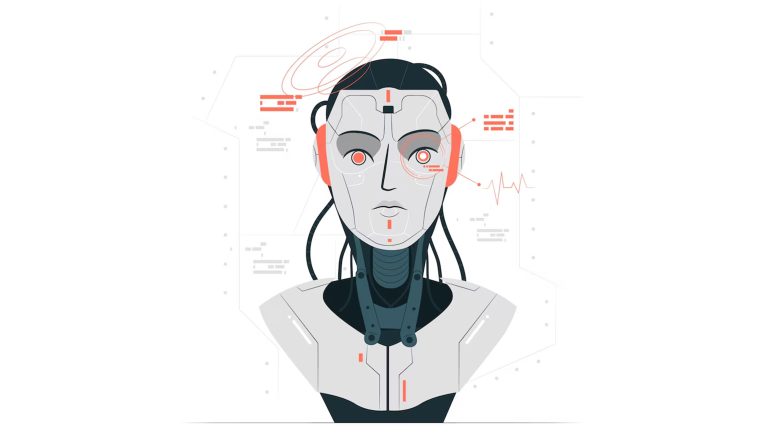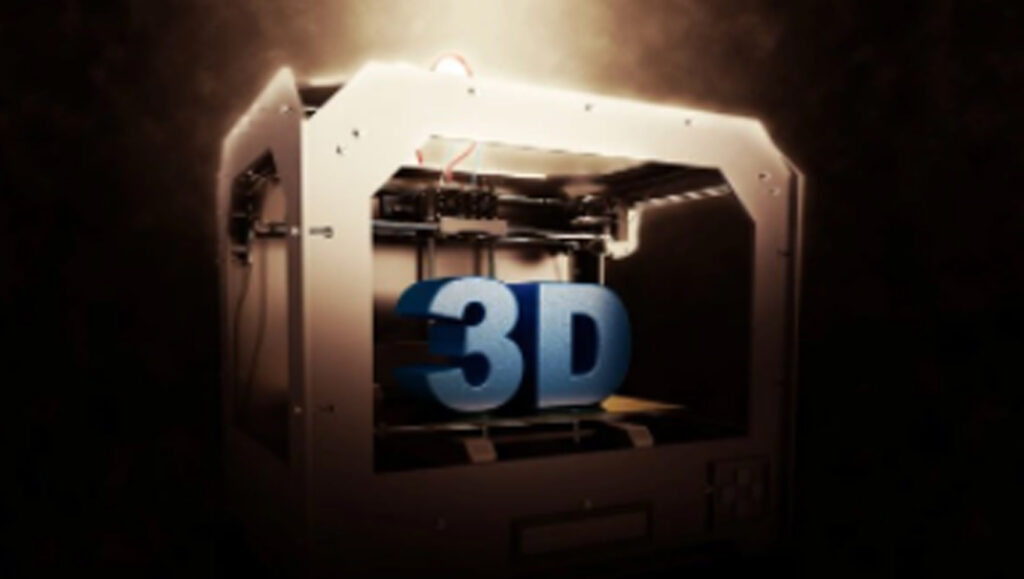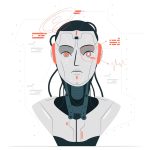“Alternative meat” provides a possible sustainable and tasty solution for feeding the world
It’s unlikely many tech junkies we’re surprised that 3D printing would be used for medical applications such as 3D printed bones, or in the creation of one-of-a-kind musical instruments, or in robotics. It didn’t take a genius to connect the technology to the idea of perfectly fitting shoes. Likewise, 3D printed cars make as much sense as 3D printed houses, both of which are slowly becoming realities. There are also numerous applications one can imagine for 3D printing in various space programs. But 3D printed meat wasn’t likely something most people would have immediately guessed as a potential use for the tech. After understanding the process, however, it’s clear that this may be the only way that plant-based meat ever gets off the ground.
There are already several meat substitutes options available – some are already on sale at fast-food chains – but, no offense, while good, they aren’t great. This is where 3D printing tech comes in. You can make a burger that looks a lot like meat. You can even use a color additive such as soy leghemoglobin (heme), to make the faux meat seem as though it “bleeds.” But when you taste it, something is missing. It’s a “close but no cigar” moment for many meat-lovers. These faux meats aren’t bad, but they just aren’t quite ‘meaty’ enough. Animal flesh is layered with texture. There’s fat between muscles and subtle differences in every bite. The concept of 3D printed meat understands this and recreates it… layer by layer, with the help of AI.
Among the farthest along in the 3D printed “alternative meat” business is the Israeli start-up Redefine Meat. They’ve got kebabs, sausages, steak, ground beef, and more… all made from plant-based ingredients, of course. The firm is far from being an advocate for veganism, however. What motivates this team is a love of meat. They believe – as do most people on the planet – that meat tastes good. In concert with professional food tasters, chefs and butchers – yes, butchers – they spent several years working on their tech and formulas. On an early “test drive” in Israel, people were simply invited to try a “new meat.” Afterward, the test subjects were told it was plant-based and were asked to score this “new meat” for ‘meatiness.’ –It reportedly scored a remarkable over 90 percent.
Redefine Meat has a tagline for its products – “a whole different animal.” Already available at select restaurants in Israel, “alt-meat” will soon be on a table near you, and we shall see if that 90+ percent rating holds. Watching videos of the products sizzle as they are cooked… and just the “look” of it, however, is already highly impressive. As noted, this is vegan meat designed for and made by meat-lovers. These are meat-lovers who, however, are aware of the reality of the environmental toll meat production takes on the planet. Anyone with rudimentary math skills should be able to understand that if the demand for meat tripled over the last 50 years, the planet in 2050 – when the global population is expected to be some nine billion – will not be able to support the desires of literally billions of new and newly-rich meat-eaters.
The MIT Technology Review reported in April that, “the world is expected to eat more meat in 2021 than ever before. The United Nations Food and Agriculture Organization projects that global meat consumption will rise by more than 1% this year. The fastest growth will occur in low- and middle-income countries, where incomes are steadily climbing.” In an interview earlier this year regarding Gates’ new book, How to Avoid a Climate Disaster, the co-founder of Microsoft told the MIT Review that “all rich countries should move to 100% synthetic beef.” While agreeing with Gates’ overall assessment that meat substitutes would help reduce carbon emissions and deforestation, lower health concerns related to eating red meat and – of course – be a good thing for the welfare of animals, the article’s authors, Dan Blaustein-Rejto and Alex Smith, added an objection: “There are simply no plant- or cell-based substitutes that taste, look, and feel similar to whole meat cuts like pork chops or sirloin.” –But what if there are now plant-based substitutes that taste, look, and feel very similar to whole meat cuts?
We’ve all heard the slogan, “Reduce, Reuse, Recycle.” The last two are mostly not pertinent to the topic of meat, but “reduce” certainly is. It may indeed take a while – decades even – for even rich nations to mostly give up the unsustainable and environmentally destructive way we raise and eat animals, but 3D printed meat is offering a highly realistic way to – if not complete replace – then help significantly reduce the consumption of beef, to use the largest animal as the main example. If it has the texture, and tastes, smells, looks, and ‘cooks’ like beef… why wouldn’t it be accepted as an awesome alternative? Especially as it comes with the side dish of no cholesterol and is beneficial to the planet? We say 3D printed meat is an idea with legs.


















